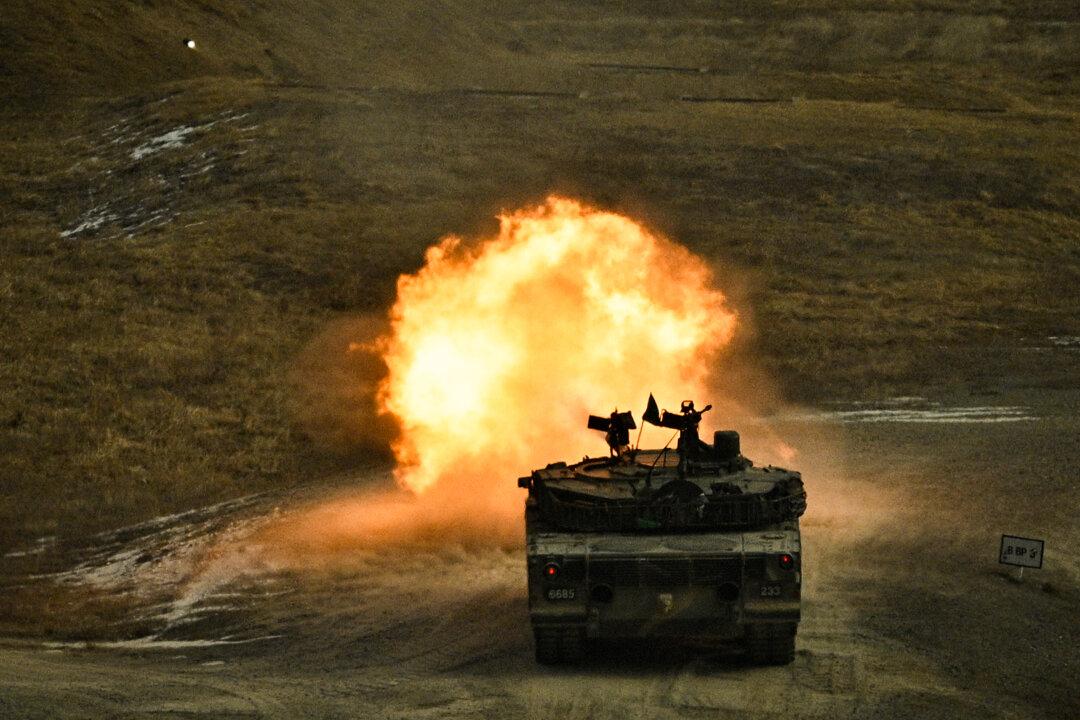The United States has always been a global leader in military prowess and domestic security. However, experts warn that America’s defense modernization is falling dangerously behind rival nations such as China.
At the same time, emerging technologies—artificial intelligence (AI) and quantum computing—have put a spotlight on potential data security weaknesses within the defense community.





